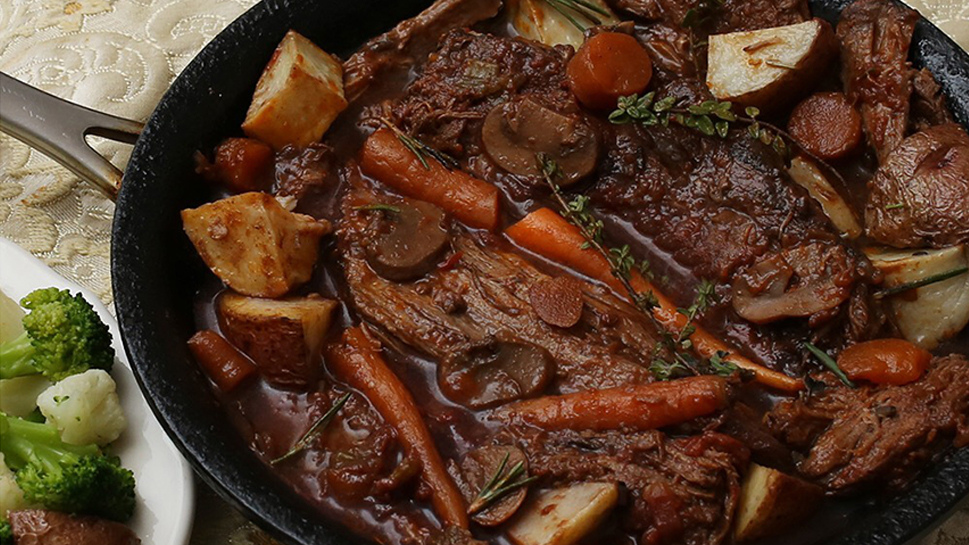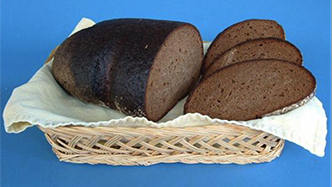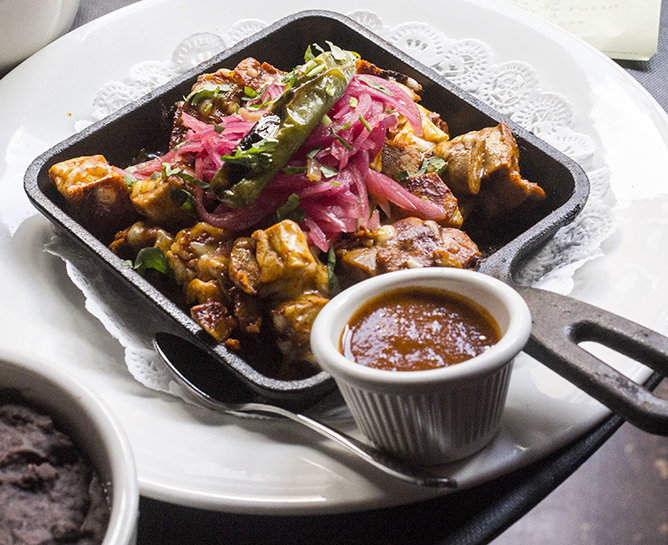Ode to my Mother's New England Pot Roast
I used to tell my mother that the back seat of the boat I take into the afterlife will be filled with her pot roast. Like the wealthiest of ancient Egyptians, I’ll also take my favorite cats, husbands, servants and pottery. But I’m not going anywhere without the tantalizing taste of her roast beef thoroughly drenched in wine gravy. I assume that mashed potatoes, the standard pot-roast accompaniment, are available anywhere.
The response from my mother? “Make sure it’s a brisket.”
My mother was well aware of the popularity of her pot roast. When I was a child, she would allow us a few minutes of talking through stuffed mouthfuls before shushing us.
“I want everyone to be quiet and concentrate on how good this tastes,” she’d say. And we obediently complied. Pot roast is supposed to be unpretentious, inexpensive and easy to cook in large quantities. But many cookbooks betray the immigrant origins of the recipe. They feature it elaborately restyled, sometimes with snazzy titles such as the Oven-Braised Beef with Tomato Sauce and Garlic that appears in “Gourmet Cookbook.”
“Jasper White’s Cooking from New England” has a pot-roast recipe three pages long if you include his call for batonnets – vegetable slivers – and veal juice made from scratch.
Yet others forgo pot roast all together. Many New England-style cookbooks with words like “New England,” “Country Cooking,” “Fall Harvest” and “Home Cooking” in their titles, have no pot roast recipes. Yankee coleslaw, Yankee raspberry tart and Yankee thrift are listed in “Yankee Magazine Cookbook” but alas, no Yankee pot roast.
“If I were to take a guess, it would be that pot roast sounds too darn homely,” says food historian and cookbook author Sandra Oliver,” trying to fathom the trend. “Someone thinks of something brown and moist. . . . It doesn’t have pizzazz.”
It’s no surprise then that diners and other less highfalutin outposts of country cooking are among the most dependable places for finding pot roast.
In New York City, which has the most diner-type eateries in the country, pot roast remains a standard. Greek diners in all five boroughs have pot roast on the menu, which makes me wonder whether the dish originally came through Ellis Island.
Oliver, whose work has a strong focus on Colonial and New England cooking, warns against writing off the contributions of early Colonial cooking. Pot roast, a “relatively recent” term, is actually a contradiction, since a piece of meat can’t be both roasted and simmered in a pot.
“A genuine roast meant that you cooked it on a spit suspended in front of a fire,” Oliver says. Beef a la Mode is one early example of what we would call a pot roast that appears in Amelia Simmons’ “The First American Cookbook” published in 1796.
“Hmm, this is pretty good; modern people would like this,” muses Oliver as she checks out the Simmons recipe. The worldwide pot roast family, however, is a large one.
“In India, it’s covered all over with spices. Somewhere else, it’s goat meat,” Oliver says. Sauerbraten is another relation, as is European Hot Pot.
All the recipes have one thing in common. They take relatively inexpensive cuts of meat (what you save in cost you make up for in two to four hours of cooking) and, not only flavor them, but also make them tender enough to cut with a fork.
Is my mother’s wine gravy a more modern flourish? Wrong again.
“A lot of early recipes called for wine, but it disappeared from cupboards during the temperance movement,” Oliver says. “Now we think we’re so sophisticated, but cooking with wine was an ancient practice.” Vegetables never play second fiddle to pot roast, as they might with other meat and fish dishes. Either drenched or placed next to a tide of gravy that reaches the edge of the plate, everything from dainty peas to red cabbage and, of course, the much-beloved mashed potatoes, share top billing at the table. Recipe
Alice's Pot Roast
Serves 6 to 8
2 tablespoons of canola oil
1 teaspoon dry rosemary
1 teaspoon dry sage
1 3- to 4-pound brisket
1 medium onion, chopped
3 cloves garlic, chopped
1 chopped carrot
1 celery stalk with leaves, chopped
5 mushrooms, sliced
1 cup red wine
1 cup chicken or beef stock
1 bay leaf
1 28-ounce can whole tomatoes, crushed by hand
1. Heat canola in a Dutch oven or flameproof roasting pan over medium heat.
2. Sprinkle rosemary and sage on brisket and brown meat on each side, about 15 minutes; remove brisket from pan.
3. Lower heat and sauté onion, garlic, carrot, celery and mushrooms until onion begins to brown.
4. Add red wine, stock and bay leaf. Simmer for 10 minutes.
5. Return brisket to pan; add tomatoes and cover, keeping lid slightly ajar. Keep at a low simmer for 3 1/2 hours or until tender.
Rachel Ellner is a lifestyle reporter working out of Boston and New York City. She is also a cookbook reviewer, and author of “10 Superb Granola Recipes.” Follow her on Twitter @RaqElle.


